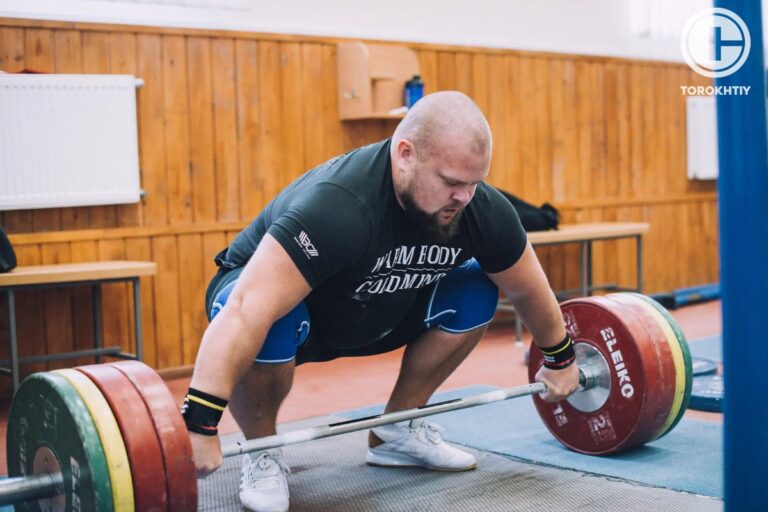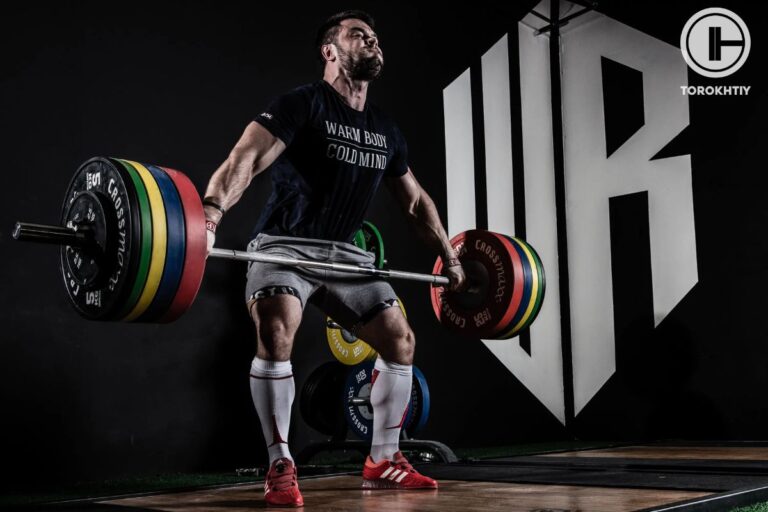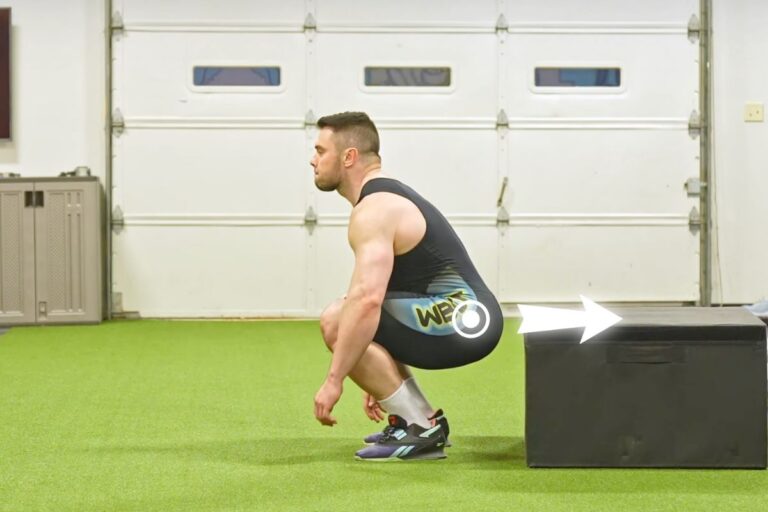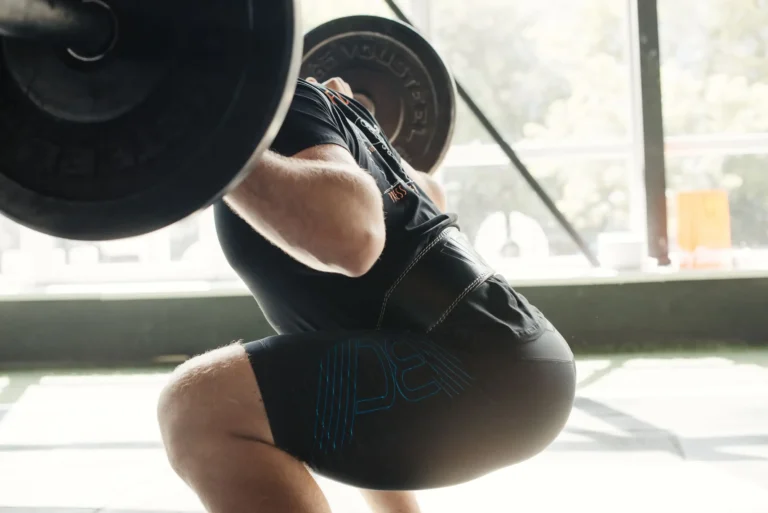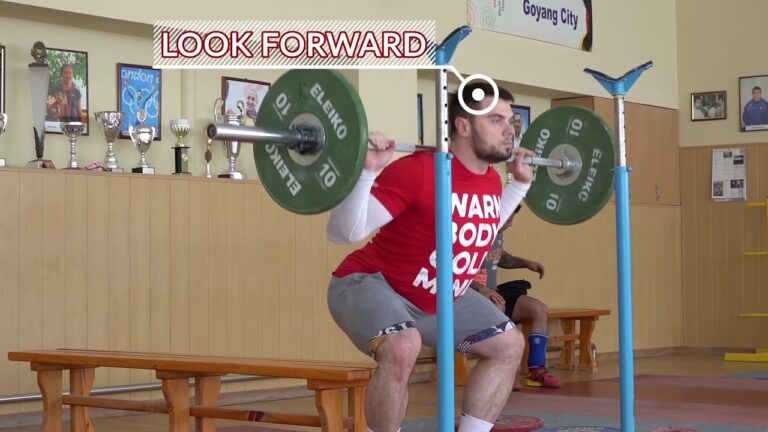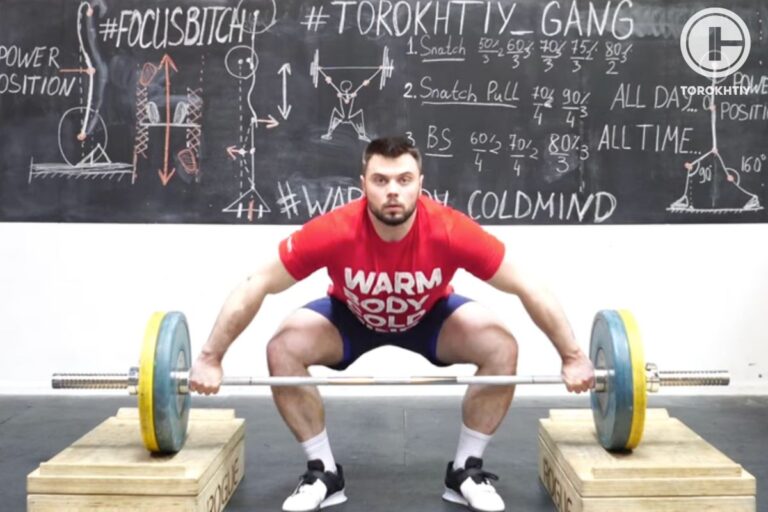Hyperextension
Hyperextension exercise is a type of strength training exercise that primarily targets the muscles of the lower back, glutes, and hamstrings.
The exercise involves extending the spine backwards against resistance, either by using a hyperextension bench or performing the movement on the floor.
To perform a hyperextension exercise on a hyperextension bench, you would typically lie face down with your hips positioned at the edge of the bench and your feet anchored securely in the footrests.
You would then bend forward from the waist, letting your upper body hang down towards the floor, and then raise yourself back up to a neutral position by contracting your lower back muscles.
Alternatively, you can perform the back hyperextension on the floor by lying face down with your arms and legs extended. You would then raise your upper body and legs off the floor simultaneously, contracting your lower back and glutes, and then lower back down to the starting position.
Hyperextensions are often used as an accessory exercise for strengthening the lower back and improving posture. It’s important to use proper form and start with lighter weights or bodyweight before progressing to heavier weights to avoid injury.
What Muscles Are Working In Back Hyperextension?
The back hyperextension primarily targets the erector spinae muscles, which are a group of muscles that run along the length of the spine and help maintain good posture and support the back. The erector spinae muscles are composed of three smaller muscles: the iliocostalis, longissimus, and spinalis.
In addition to the erector spinae muscles, the lower back hyperextension also engages other muscles in the lower back, glutes, and hamstrings. These muscles include:
Gluteus maximus: This is the largest muscle in the buttocks and is responsible for hip extension.
Hamstrings: The three muscles that make up the hamstrings – the biceps femoris, semitendinosus, and semimembranosus – work together to flex the knee and extend the hip.
Quadratus lumborum: This is a deep muscle that runs along the spine and helps to stabilize the lower back.
By targeting these muscles, back hyperextensions can help improve lower back strength and stability, reduce the risk of lower back pain, and enhance overall posture.
Hyperextension Technique And Instructions
The Glute-Ham Developer (GHD) Hyperextension is a variation of the hyperextension exercise that is performed using a GHD machine. This exercise specifically targets the muscles in the lower back, glutes, and hamstrings. Here are the step-by-step instructions on how to do hyperextension with proper technique:
Adjust the GHD machine: Set the foot rollers at a comfortable distance and adjust the height of the pad to your hip level. Position yourself in a way that your feet are firmly anchored under the foot rollers.
Start position: Begin by kneeling on the pad, facing down with your toes pointed towards the floor. Place your hands behind your head, or cross them over your chest.
Lower your torso: Keeping your back straight, slowly lower your torso towards the floor until your body is parallel to the floor.
Raise your torso: Use your lower back and glutes to lift your torso back up to the starting position. Avoid using your arms to pull yourself up.
Squeeze at the top: At the top of the movement, squeeze your glutes and hold for a second or two before lowering your body back down.
Repeat: Perform the back hyperextension workout with desired number of repetitions and sets, aiming for proper form and control throughout the exercise.
1. Important tips to keep in mind:
Maintain hyperextension form with a neutral spine and: Keep your back straight throughout the exercise, avoiding excessive arching or rounding of the lower back.
Avoid swinging: Use a controlled motion to raise and lower your torso, avoiding any swinging or jerking movements.
Breathe properly: Inhale as you lower your torso, and exhale as you raise it back up.
Start with bodyweight: If you are new to the exercise, start with bodyweight hyperextension before adding any resistance.
Consult a coach: If you have any pre-existing medical conditions or injuries, consult a fitness professional before attempting this exercise.
Hyperextension Benefits
The common question that we can hear from people who just start their weightlifting journey: are hyperextensions bad for your back? Hyperextension exercise offers several benefits for improving overall fitness and reducing the risk of lower back pain. Here are some of the key benefits of hyperextensions:
1. Strengthening the Lower Back Muscles
Hyperextensions specifically target the muscles in the lower back, including the erector spinae, which help support the spine and maintain good posture. By strengthening these muscles, hyperextensions can help reduce the risk of lower back pain and improve overall spinal health.
2. Improving Posture
Hyperextensions can help improve posture by strengthening the muscles in the lower back and core. This can help reduce the strain on the back caused by poor posture, and prevent problems such as rounded shoulders and a forward head position.
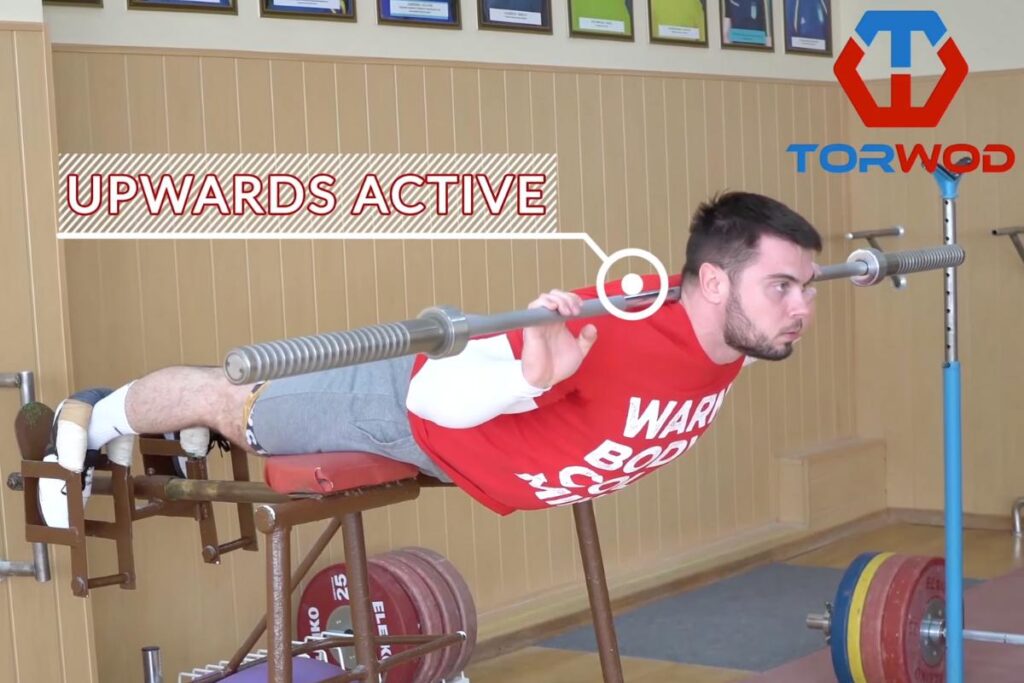
3. Strengthening the Glutes and Hamstrings
In addition to working the lower back muscles, hyperextensions also engage the glutes and hamstrings, which are important for hip extension and knee flexion. Strengthening these muscles can improve overall lower body strength and performance in other exercises.
4. Injury Prevention
Hyperextensions can help reduce the risk of lower back injury by strengthening the muscles that support the spine and improving posture. This is particularly beneficial for individuals who perform activities that involve repetitive lifting, such as weightlifting or manual labor.
5. Versatility
Hyperextensions can be performed with various equipment, including a hyperextension bench, GHD machine, or on the floor. This makes them a versatile exercise that can be incorporated into a wide range of workout routines.
6. Improved Athletic Performance
Strong lower back, glutes, and hamstring muscles are crucial for many athletic movements such as running, jumping, and lifting. By strengthening these muscles, hyperextensions can improve overall athletic performance and reduce the risk of injury.
Hyperextension variations
There are several variations of the hyperextension exercise that can be used to add variety to your workouts and target different muscle groups. Here are some of the most common hyperextension exercise variations:
1. Traditional Hyperextension
This is the basic hyperextension exercise that is performed on a hyperextension bench. The focus is on the lower back muscles, with the glutes and hamstrings providing assistance.
2. GHD Hyperextension
This is a variation of the hyperextension exercise that is performed on a Glute-Ham Developer (GHD) machine. This exercise places more emphasis on the glutes and hamstrings, as the feet are anchored under the foot rollers.
3. Reverse Hyperextension
This exercise is performed on a hyperextension bench, but the body is positioned facing up. The legs are suspended off the end of the bench, and the focus is on the glutes and hamstrings as they are used to raise the legs.
4. Weighted Hyperextension
This is a variation of the traditional hyperextension exercise that involves holding a weight plate, dumbbell, or barbell hyperextension to increase the resistance. This can make the exercise more challenging and increase the strength-building benefits.
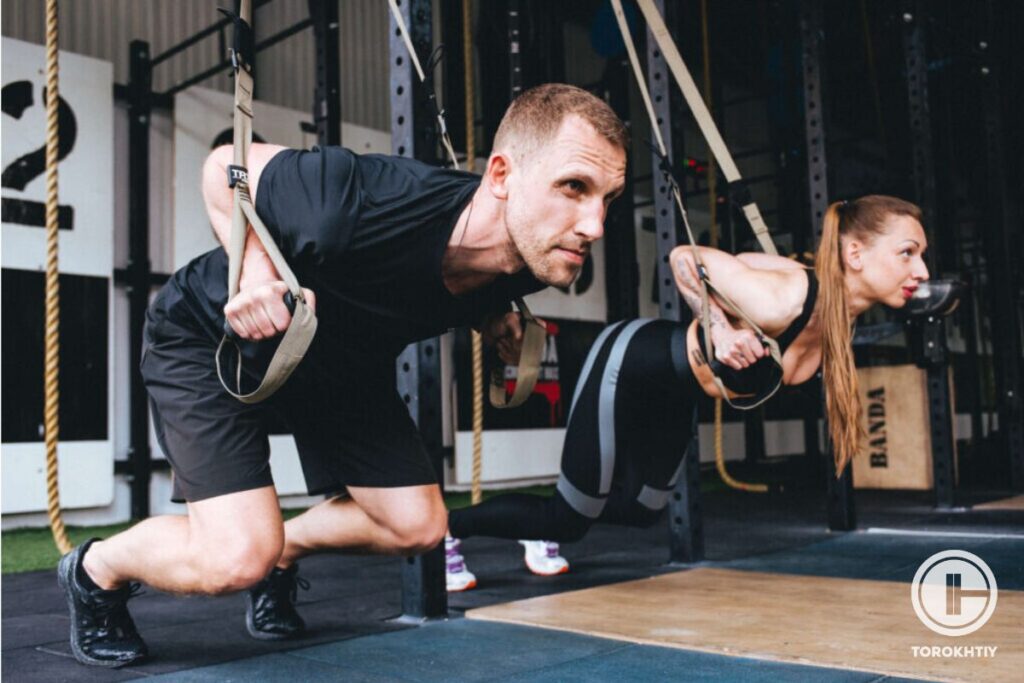
5. Side Hyperextension
This exercise targets the oblique muscles and is performed by turning to one side on the hyperextension bench and performing the hyperextension movement in that position. The exercise is then repeated on the opposite side.
6. Superman Hyperextension
This variation is performed on the floor, with the arms and legs extended out in front of the body, it is also often called – back hyperextensions at home. The movement involves lifting the arms, legs, and torso off the floor simultaneously to create a “flying” position. This exercise targets the erector spinae muscles and is a great way to build overall back strength.
By incorporating different hyperextension exercise variations into your routine, you can challenge your muscles in new ways, prevent boredom, and keep your workouts fresh and exciting. However, it’s important to maintain proper form and avoid using too much weight or resistance, as this can increase the risk of injury.
How to perform Hyperextension Without GHD or Bench?
Hyperextensions are a great exercise to strengthen the lower back, glutes, and hamstrings, and they can be done without a bench.
Here’s how:
Lie face down on the floor with your hands placed behind your head.
Engage your glutes and lower back muscles, and lift your chest and legs off the ground as high as you can, making sure to keep your neck in a neutral position.
Hold the position for a few seconds, then slowly lower your chest and legs back to the starting position.
Repeat for your desired number of repetitions.
You can make this exercise more challenging by holding a weight plate or dumbbell against your chest, or by placing a resistance band around your ankles.
If you find this version of hyperextensions uncomfortable, you can also try the Superman exercise, which is similar but involves lifting only your upper body off the ground.
1. To do the Superman:
Lie face down on the floor with your arms and legs extended.
Lift your arms and legs off the ground as high as you can, engaging your lower back muscles and glutes.
Hold the position for a few seconds, then slowly lower your arms and legs back to the starting position.
Repeat for your desired number of repetitions.
Hyperextensions On A Bosu Ball Or Stability Fitball.
Back extensions on a stability ball or a Bosu ball are a challenging variation of the back extension exercise that can help improve core strength, stability, and balance. Here’s how to do them:
Place a stability ball or Bosu ball on the ground and lie face down on it with your toes touching the ground for support.
Walk your hands out in front of you until your hips are resting on the top of the ball, and your upper body is parallel to the floor.
Engage your core muscles and lift your upper body up until your spine is in a straight line with your legs.
Hold the position for a few seconds, then slowly lower yourself back down to the starting position.
Repeat for your desired number of repetitions.
Make sure to keep your neck in a neutral position and avoid straining your lower back. To make the exercise more challenging, you can hold a weight plate or dumbbell against your chest.
Back extensions on a stability or Bosu ball require a lot of balance and stability, so it’s important to start with a comfortable number of repetitions and gradually increase as your strength and balance improve.
2. Hyperextension alternatives
If you are looking for alternatives to the hyperextension exercise, there are several other exercises that can help strengthen the lower back, glutes, and hamstrings. Here are some effective alternatives:
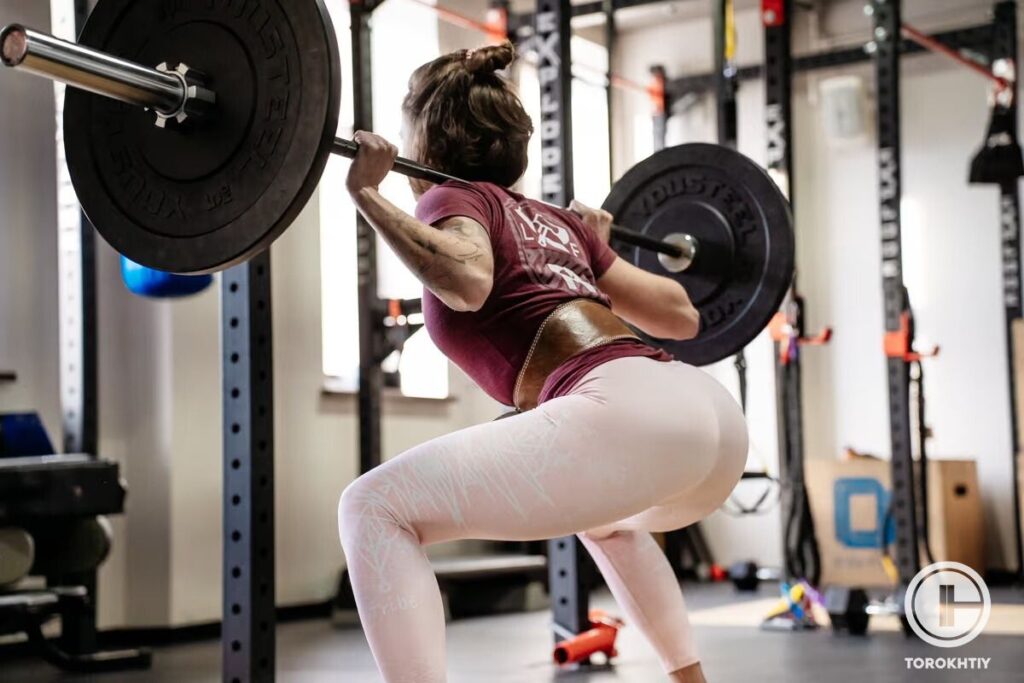
3. Deadlifts
Deadlifts are a compound exercise that targets the entire posterior chain, including the lower back, glutes, and hamstrings. They are a great alternative to hyperextensions and can be performed with a barbell or dumbbells.
4. Good Mornings
Good mornings are an exercise that target the lower back, glutes, and hamstrings. They involve bending at the hips with a straight back while holding a barbell or dumbbells. The movement is similar to a bow, with the focus on the lower back and hip extension.
5. Romanian Deadlifts
Romanian deadlifts are a variation of the traditional deadlift that place more emphasis on the hamstrings. They are performed by keeping the legs straight and hinging at the hips while holding a barbell or dumbbells.
6. Bird Dogs
Bird dogs are an exercise that targets the lower back and core muscles. They are performed on all fours, extending one arm and the opposite leg simultaneously, and then alternating sides.
7. Plank Variations
Planks are a great exercise for strengthening the entire core, including the lower back. Variations such as side planks and reverse planks can help target the obliques and lower back muscles.
By incorporating these exercises into your routine, you can target the same muscle groups as hyperextensions and build overall strength and stability in the lower back and posterior chain. It’s important to maintain proper form and gradually increase
Common mistakes in hyperextension execution.
Here are some common mistakes people make when performing hyperextension exercises:
1. Using Too Much Weight
It’s important to start with a manageable weight or resistance and gradually increase as your strength improves. Using too much weight can put unnecessary stress on your lower back and increase the risk of injury.
2. Arching The Back
Some people tend to arch their back too much during the hyperextension exercise, which can put excessive strain on the lower back. Instead, focus on keeping a neutral spine and engaging the core muscles.
3. Moving Too Quickly
Hyperextensions should be performed slowly and with control. Moving too quickly can cause you to lose balance and compromise your form.
4. Raising The Legs Too High
Hyperextensions are not leg raises, and raising your legs too high can cause your lower back to arch and increase the risk of injury. Instead, focus on engaging the glutes and hamstrings to lift your torso and legs together.
5. Not Using A Full Range Of Motion
It’s important to use a full range of motion during the hyperextension exercise, as this will help engage the muscles more effectively. Avoid cutting the movement short or using momentum to complete the exercise.
6. Not Engaging The Glutes And Hamstrings
The hyperextension exercise should not solely rely on the lower back muscles. Make sure to engage the glutes and hamstrings to help lift the torso and legs and build overall strength in the posterior chain.
By avoiding these common mistakes and focusing on proper form, you can perform the hyperextension exercise safely and effectively, and avoid unnecessary strain on the lower back.
General programming tips for hyperextension.
1. Start With Proper Form
It’s essential to perform hyperextensions with correct form to avoid any potential injuries. Ensure that you maintain a neutral spine, keep your core engaged, and avoid hyperextending your back beyond its natural range of motion.
2. Gradually Increase The Workload
Start with a weight that is comfortable and manageable, and gradually increase the weight as your strength and endurance improve. Avoid lifting too heavy too soon, as it can lead to injuries.
3. Mix Up Your Routine
There are several variations of hyperextension exercises that you can incorporate into your routine. You can try doing them with weights or without weights, on a hyperextension bench or a stability ball, or even with resistance bands.
4. incorporate Hyperextensions Into Your Overall Program
Hyperextensions should be a part of a well-rounded strength training program that includes other exercises for the posterior chain, such as deadlifts and squats.
5. Listen To Your Body
If you experience any pain or discomfort during hyperextensions, stop immediately and consult a medical professional. It’s important to prioritize your safety and health when exercising.
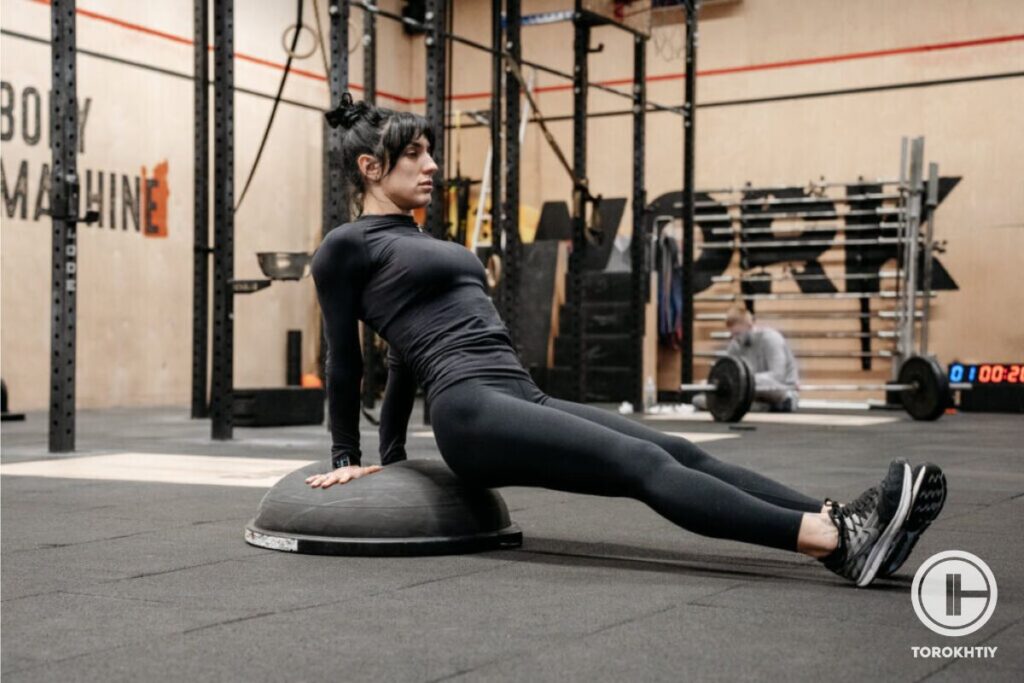
Optimal Number Of Sets And Reps
The optimal number of sets and reps for hyperextension exercise can vary depending on your fitness goals, fitness level, and training program. However, here are some general guidelines that you can follow:
For strength and hypertrophy (muscle growth):
Sets: 3-5 sets
Reps: 8-12 reps per set
Rest: 2-3 minutes rest between sets
For endurance and muscular endurance:
Sets: 2-3 sets
Reps: 12-15 reps per set
Rest: 1 minute rest between sets
It’s important to note that hyperextensions can be an intense exercise for the lower back, so it’s essential to listen to your body and avoid overtraining. If you’re new to hyperextensions, start with a low number of sets and reps and gradually increase as your strength and endurance improve.
Static Pauses
Hyperextension exercises can be a great way to strengthen and tone the muscles in your back and core. Static pauses are a useful technique that can be incorporated into hyperextension exercises to increase their effectiveness. Here are some tips for using static pauses in hyperextension exercises:
1. Start With Proper Form
Before you begin incorporating static pauses into your hyperextension exercises, make sure you have proper form. This will help you avoid injury and get the most out of your workout.
2. Choose Your Pause Point
Decide where you want to pause in the exercise. A good place to start is at the top of the movement when your back is fully extended.
3. Breathe
Remember to breathe during the pause. Inhale deeply and exhale slowly as you hold the position.
4. Don’t Overdo It
Remember not to overdo it with the pauses. Static holds can be intense on the muscles, and it’s important to listen to your body and avoid pushing yourself too hard. If you feel any pain or discomfort, stop the exercise and rest.
By incorporating static pauses into your hyperextension exercises, you can challenge your muscles in a new way and increase the intensity of your workout. Just be sure to start slowly and gradually build up your strength and endurance over time.
Who may benefit from hyperextension?
Hyperextension exercises can be beneficial for a variety of individuals, especially those looking to strengthen their lower back and posterior chain muscles. Here are some groups of people who may benefit from hyperextension exercises:
1. Athletes
Hyperextension exercises can be beneficial for athletes who require strength in their lower back, glutes, and hamstrings. These muscles are essential for running, jumping, and explosive movements, making hyperextension exercises a valuable addition to an athlete’s training routine.
2. People with back pain
Hyperextension exercises can help relieve back pain and strengthen the lower back muscles. However, it’s important to consult a healthcare professional before beginning any exercise routine if you have existing back pain or injury.
3. Office workers
People who sit for extended periods of time may benefit from hyperextension exercises to strengthen their lower back and improve posture. Weak lower back muscles can lead to poor posture and lower back pain, making hyperextension exercises a valuable addition to a sedentary lifestyle.
4. Older adults
As we age, we may lose muscle mass and strength in our lower back and posterior chain muscles. Hyperextension exercises can help prevent age-related muscle loss and improve overall strength and mobility.
5. Fitness enthusiasts
Hyperextension exercises can be a great addition to any fitness routine, helping to build overall strength and muscle mass in the lower back and posterior chain muscles.
Author: Oleksiy Torokhtiy
Olympic Weightlifting Champion
Best Results: Snatch – 200 kg,
C&J – 240 kg
Oleksiy Torokhtiy is a professional athlete boasting 20 years of experience in Olympic weightlifting. With multiple European and World titles under his belt, he has showcased his prowess in two Olympic Games (Beijing 2008 and London 2012). Upon concluding his illustrious career, Oleksiy dedicated himself to coaching. By 2022, he had conducted over 200 weightlifting seminars worldwide. He is the visionary behind an international sportswear and accessories brand known for its motto, “Warm Body Cold Mind.” Additionally, he is an esteemed author and the creator of a series of training programs and eBooks.


